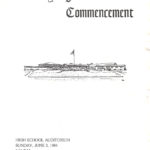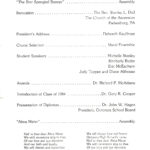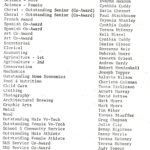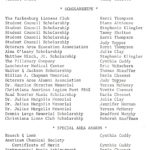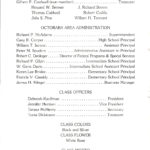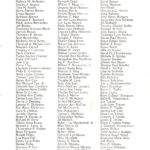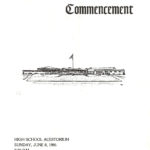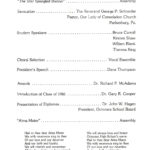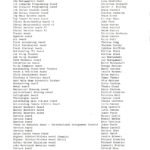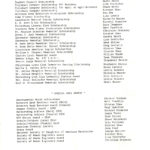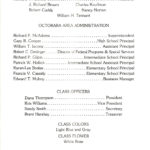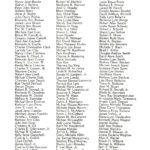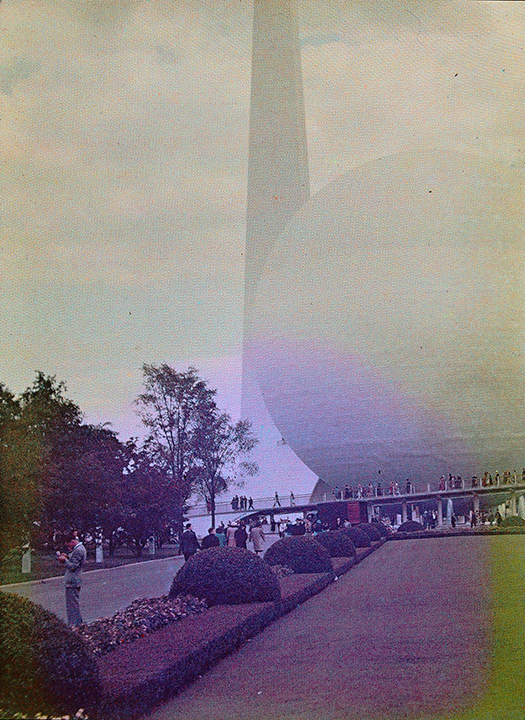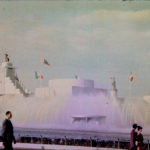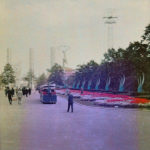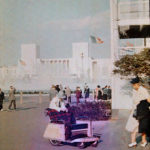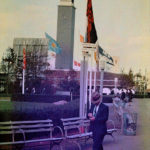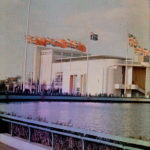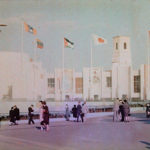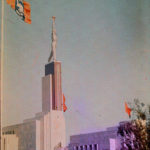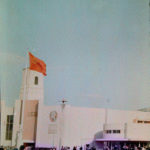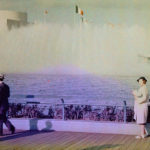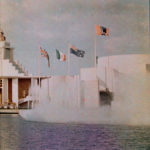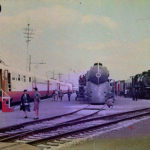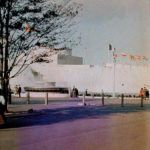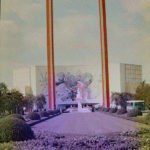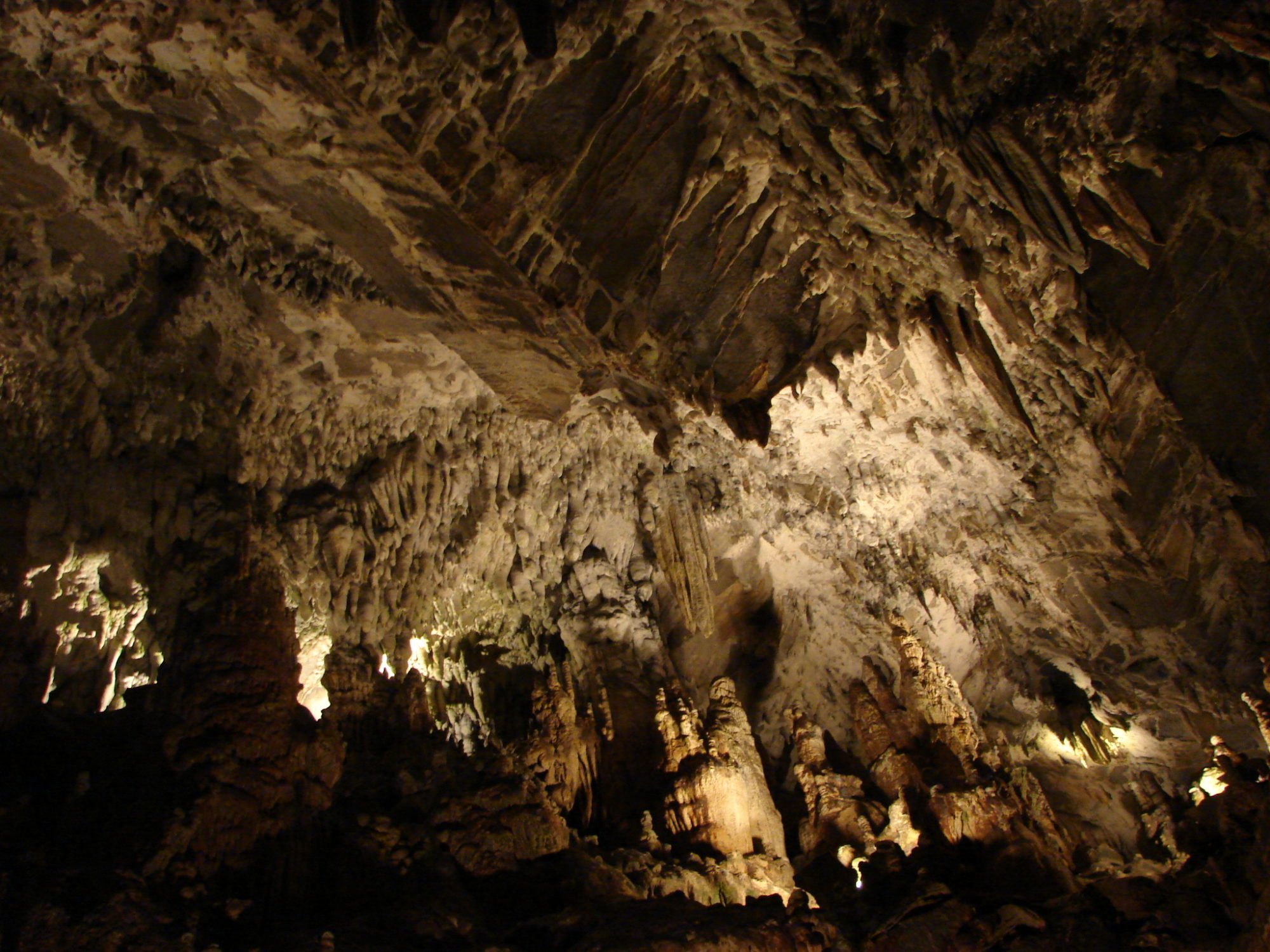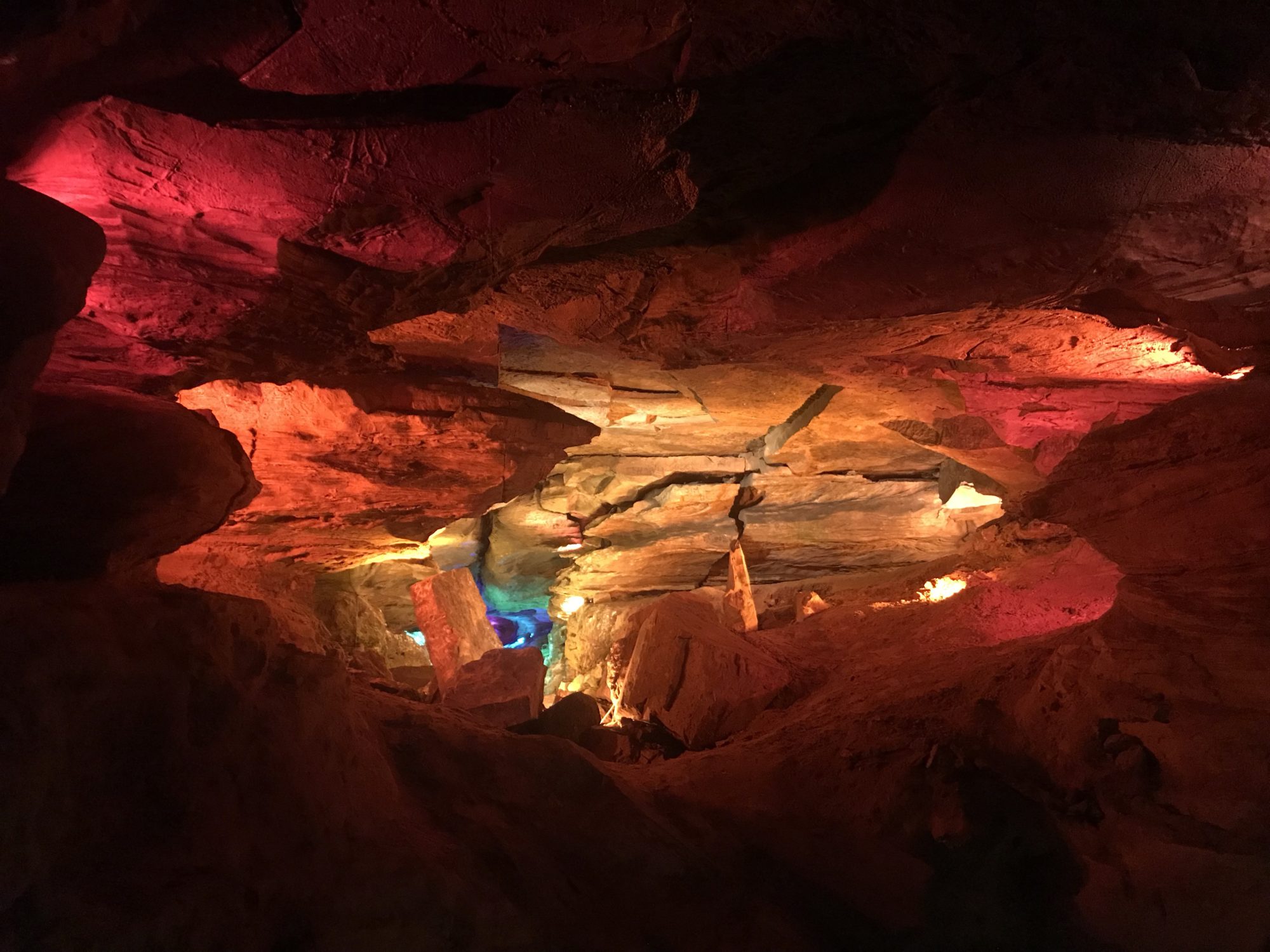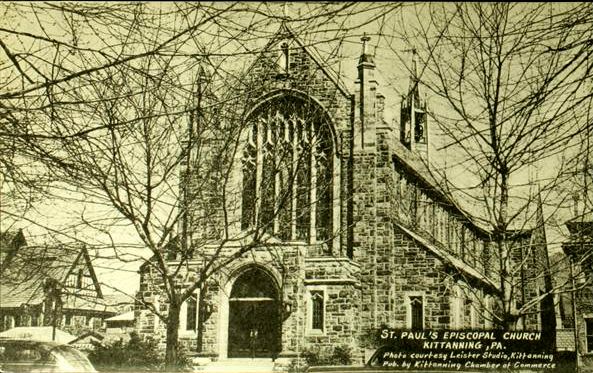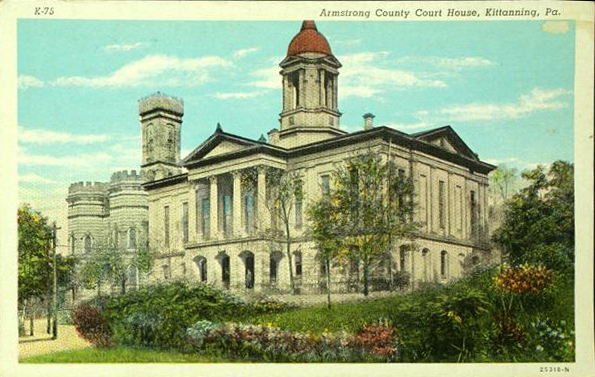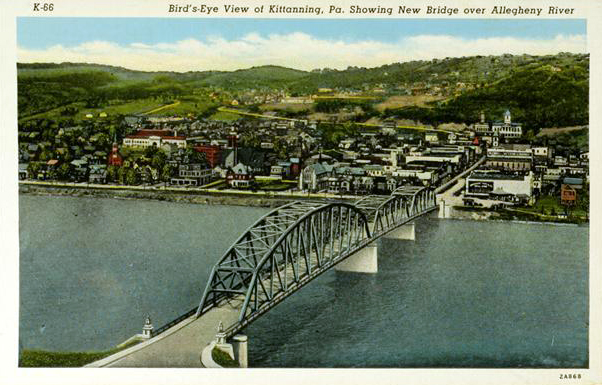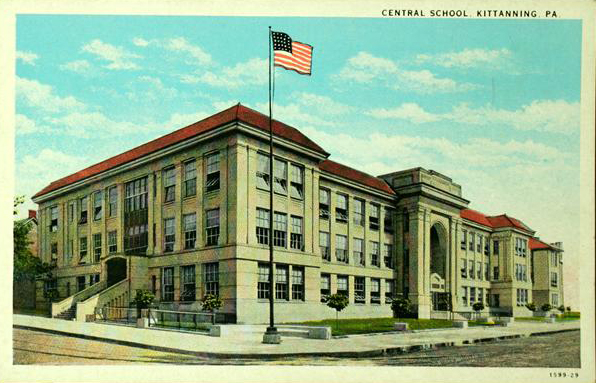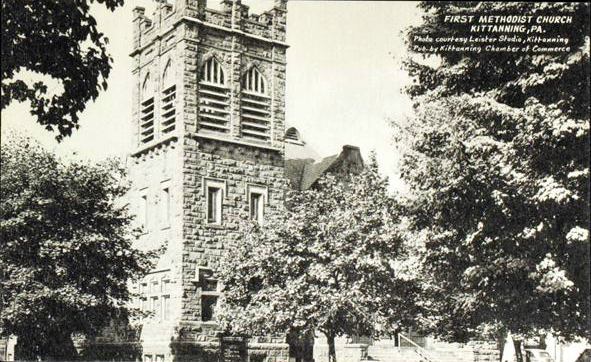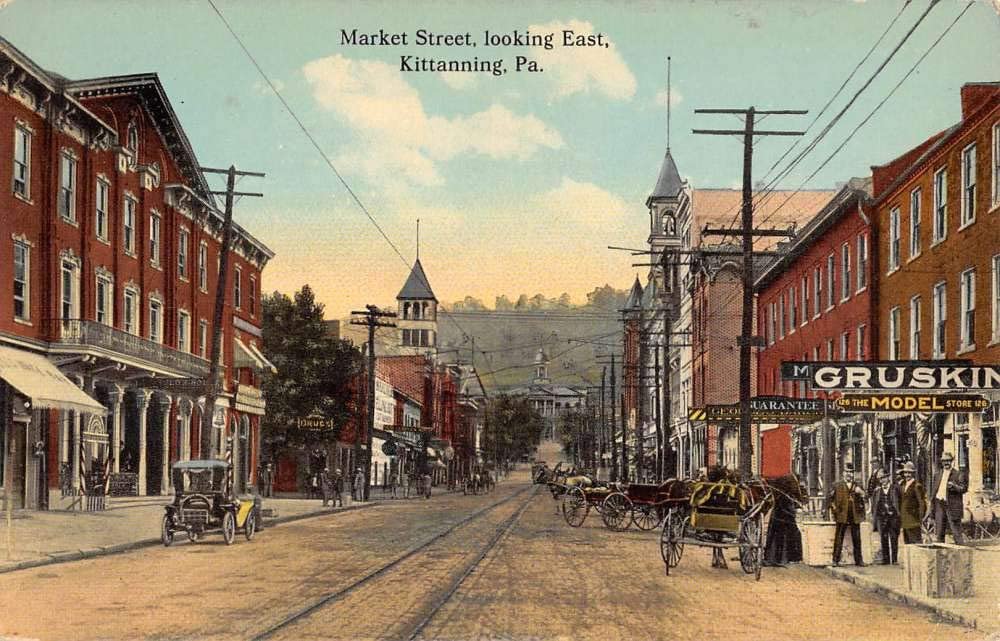Alice Morse Earle, Home Life in Colonial Days (New York: Macmillan, 1898)
Alice Clark, Working Life of Women in the Seventeenth Century (New York: Harcourt, Braqce, and Howe, 1920)
Elizabeth Dexter, Colonial Women of Affairs:A Study of Women in Business and the Professions in America Before 1776 (Boston: Houghton-Mifflin, 1924)
Mary Sumner Benson, Women in Eighteenth-Century America: A Study of Opinion and Usage (Port Washington, NY: Columbia University Press, 1935)
Julia Spruill, Women’s Life and Work in the Southern Colonies (New York: Russell and Russell, 1938)
Mary Beard, Woman as a Force in History: A Study in Traditions and Realities (New York: Macmillan, 1946).
Richard B. Morris, “Women’s Rights in Early American Law,” in Studies in the History of American Law with Special Reference to the Seventeenth and Eighteenth Century Colonies (Philadelphia, J.M. Mitchell C., 1959)
Carl, Holiday, Women’s Life in Colonial Days (New York: Ungar, 1960)
Edmund Morgan, The Puritan Family: Religion and Domestic Relations in Seventeenth-Century New England (New York: Harper and Row, 1966)
John Demos, A Little Commonwealth (1970)
Alexander Kayssar, “Widowhood in Eighteenth Century Massachusetts: A Problem in the History of the Family,” in Perspectives in American History (1974); Mary P. Ryan, (1975)
D. Kelly Weisberg,”‘Under Greet Temptations Heer’: Women and Divorce in Colonial Massachusetts,” Feminist Studies, 2 (1975)
Lois Green Carr and Lorena S. Walsh, “The Planter’s Wife: the Experience of White Women in Seventeenth-Century Maryland,” William and Mary Quarterly, 3rd series, 34 (1977), 542-571
Marilyn Salmon, “Equity or Subversion? Feme Covert Status in Early Pennsylvania,” in Women in America: A History, ed. Carol Ruth Berkin.
Carol Hymowitz, and Michael Weissman, A History of Women in America (New York: Bantam Books, 1978), 1-25
Lorena S. Walsh, “‘Till Death Do Us Part’: Marriage and Family in Seventeenth-Century Maryland,” in The Chesapeake in the Seventeenth Century: Essays on Anglo-American Society, eds. Thad W. Tate and David Ammerman (Chapel Hill, NC: 1979)
Lyle Koehler, A Search for Power: The Weaker Sex in Seventeenth-Century New England (Urbana: University of Illinois Press, 1980)
Laurel Thatcher Ulrich, Good Wives: Image and Reality in the Lives of Women in Northern New England, 1650-1750 (New York: Oxford University Press, 1980)
Joan Alexander, Voices and Echoes: Tales From Colonial Women (New York: Quartet Books, 1983)
Mary Beth Norton, “The Evolution of White Women’s Experience in Early America,” American Historical Review 89 (June1986), 593-619
Steven Mintz, and Susan Kellogg, Domestic Revolutions: A Social History of American Family Life (New York: Free Press, 1988), 1-42
Sara Evans, Born for Liberty: A History of Women in America (New York: Free Press, 1989)
Helena S. Wall, Fierce Communion: Family and Community in Early America (Cambridge Ma: Harvard University Press, 1990)
David R. Ransome, “Wives for Virginia, 1621,” William and Mary Quarterly, 3rd series, 48 (January 1991), 3-18
Joyce D. Goodfriend, Before the Melting Pot: Society and Culture in Colonial New York City, 1664-1730 (Princeton, NJ: Princeton University Press, 1992)
Carole Shammas, et al, “Anglo-American Household Government in Comparative Perspective,” William and Mary Quarterly, 3rd series, 53 (January 1995), 104-166
Carol Berkin, First Generation: Women in Colonial America (New York: Hill and Wang, 1996)
Native American Women
Robert Grumet, “Sunksquaws, Shamans, and Tradeswomen: Middle Atlantic Coastal Algonkian Women during the 17th and 18th Centuries,” in Women and Colonization: Anthropological Perspectives, ed. Mona Etienne and Eleanor Leacock, (New York: Praeger, 1980).
Nancy Shoemaker, Negotiators of Change: Historical Perspective on Native American Women (New York: Routledge, 1995)
Barry J. Neilson, “Madam Dorion of the Astorians,” Oregon Historical Quarterly (Sept. 1929)
Anthony F.C.Wallace, “Women, Land, and Society: Three Aspects of Colonial Delaware Life,” Pennsylvania Archeologist 17 (1947), 1-35
Martha C. Rundle, “Iroquois Women, Then and Now” in Symposium on Local Diversity in Iroquois Culture, ed, William N. Fenton, Bureau of American Ethnology, Bulletin 149 (Wash. D.C.: U.S. Government Printing Office, 1951)
Walter A. O’Meara, Daughters of the Country: The Women of the Fur Traders and Mountain Men (New York: Harcourt, Brace, and World, 1968)
Louise S. Spindler, Menomini Women and Culture Change (New York: Millwood, Kraus Reprint, 1974)
Jean Johnston, “Molly Brant Mohawk Matron,” Ontario History, 56 (June 1964): 105-24
Philip Barbour, Pocahontas and Her World (Boston: Houghton Mifflin, 1970)
Judith Brown, “Economic Organization and the Position of Women among the Iroquois,” Ethnohistory 17, (1970)
Sara Evans, “The First American Women,” in Sara Evans, Born for Liberty: A History of Women in America (New York: Free Press, 1989)
Ruth Landes, The Ojibwa Women (New York: Norton, 1971)
John Upton Terrell and Donna M. Terrell, Indian Women of the Western Morning: Their Life in Early America (New York: Dial, 1974)
Eleanor Leacock and Jacqueline Goodman, “Montagnais Marriage and the Jesuits in the Seventeenth Century: Incidents from the Relations of Paul Le Jeune,” Western Canadian Journal of Anthropology 6 (1976): 77-91
Rayna Green, “Native American Women,” Signs 6 (Winter 1980), 248-267
Joan Jensen, “Native American Women and Agriculture: A Seneca Case Study,” Sex Roles 3/5 (1977), 432-441
Laura F. Klein, “Contending with Colonization: Tinglit Men and Women in Change,” in Women and Colonization, Etienne and Leacock (1980)
Eleanor Leacock, “Montagnais Women and the Jesuit Program for Colonization,” in Women and Colonization, Etienne and Leacock (1980)
Diane Rothenberg, “The Mothers of the Nation: Seneca Resistance to a Quaker Intervention,” in Women and Colonization, Etienne and Leacock (1980)
Margaret C. Szasz, “Poor Richard Meets the Native American: Schooling for Young Indian Women in the Eighteenth Century Connecticut,” Pacific Historical Review, XLIX, No. 2 (1980): 215-35
Alice Kehoe, North American Indians: A Comprehensive Account (Englewood Cliffs, NJ: Prentice Hall, 1981)
Neal Salisbury, Manitou and Providence: Indians, Europeans, and the Making of New England, 1500-1643 (New York, 1982)
Daniel Richter, “War and Culture: the Iroquois Experience,” William and Mary Quarterly, 53 (Oct. 1983), 528-59
Jacqueline Petersen, The New Peoples: Being & Becoming Metis in North America (Chicago: University of Illinois, 1985)
Helen C. Roundtree, Pocahontas’ People: The Powhatan Indians of Virginia Through Four Centuries (1990)
Karen Anderson, Chain Her by One Foot: The Subjugation of Native Women in Seventeenth-Century New France (New York: Routledge, 1991)
Carol, Devens, Countering Colonization: Native American Women and Great Lakes Mission, 1630-1900 (Berkeley: University of California, 1992)
Natalie Z. Davis, “Iroquois Women, European Women,” in Margo Hendricks and Patricia Parker, eds., Women, “Race,” and Writing (London: Routledge, 1994)
Laura F. Klein, and Lillian A. Ackerman, Women and Power in Native North America (Norman: University of Oklahoma Press, 1995).
Mary E. Young. “Women, Civilization and the Indian Question,” in Mabel E. Deutrich and Virginia C. Purdy, eds, Clio was a Woman (Washington, D.C.: Howard University Press, 1980), 98-110.
Nancy Shoemaker, “Kateri Tekakwitha’s Tortuous Path to Sainthood,” in Negotiators of Change, Shoemaker (1995).
African-American Women
Jean R. Soderlund, “Black Women in Colonial Pennsylvania,” in Our American Sisters: Women in American Life and Thought (Lexington, MA: D.C. Heath, 1987)
William Piersen, Black Yankees: The Development of an Afro-American Subculture in Eighteenth-Century New England (Amherst: University of Massachusetts, 1988).
Edmund S. Morgan, American Slavery, American Freedom: The Ordeal of Colonial America (New York: Norton, 1975)
Carole Shammas, “Black Women’s Work and the Evolution of Plantation Society in Virginia,” Labor History 26 (1985), 5-28
Allan Kulikoff, Tobacco and Slaves: The Development of Southern Cultures in the Chesapeake, 1680-1800 (Williamsburg, VA: University of North Carolina Press, 1986).
Witches, Quakers, and Jezebels
Emery Battis, Saints and Sectaries: Anne Hutchinson and the Antinomian Controversy in the Massachusetts Bay Colony (Chapel Hill, NC: Published for the Institute of Early American History and Culture, by University of North Carolina Press, 1962)
Horatio Rogers, “Mary Dyer Did Hang Like a Flag,” in The Quaker Reader, ed. Jessamyn West (New York: Viking Press, 1962), 168-175
Paul Boyer and Stephen Nissenbaum, Salem Possessed: The Social Origins of Witchcraft (Cambridge, MA: Harvard University Press, 1974)
Mary Maples Dunn, “Saints and Sisters: Congregational and Quaker Women in the Early Colonial Period,” American Quarterly, 30 (Winter 1978), 582-601, and “Women of Light,” in Women of America: A History, eds. Carol Ruth Berkin and Mary Beth Norton (Boston: Houghton Mifflin, 1979)
Lyle Koehler, “The Case of the American Jezebels: Anne Hutchinson and Female Agitation During the Years of the Antinomian Turmoil, 1636-1640,” in Women’s America: Refocusing the Past, eds. Linda K. Kerber and Jane DeHart Mathews (New York: Oxford University Press, 1982)
John Demos, Entertaining Satan: Witchcraft and the Culture of Early New England (New York: Oxford University Press, 1982)
Annette Kolodny, The Land Before Her: Fantasy and Experience of the American Frontiers, 1630-1860 (Chapel Hill: University of North Carolina, 1984), 17-34.
N.E.H. Hull, Female Felons: Women and Serious Crime in Colonial Massachusetts (Urbana: University of Illinois, 1987)
Mary Beth Norton, “Gender and Defamation in Seventeenth-Century Maryland,” William and Mary Quarterly, 3rd series, 44 (January 1987), 3-39.
Jean R. Soderlund, “Women’s Authority in Pennsylvania and New Jersey Quaker Meetings, 1680-1760,” William and Mary Quarterly, 3rd ser., 44 (1987), 722-749
Carol F. Karlsen, Devil in the Shape of a Woman: Witchcraft in Colonial New England (New York: Norton, 1987)
Elizabeth Potts Brown and Susan Mosher Stuart, eds., Witnesses for Change: Quaker Women Over Three Centuries (New Brunswick, N.J.: 1989).
Mary Beth Norton, “Gender, Crime, and Community in Seventeenth Century Maryland,” in The Transformation of Early American History: Society, Authority, and Ideology, eds. James Henretta, Michael Kammen, and Stanley N. Katz (New York: Alfred A. Knopf, 1991)
June Namias, White Captives: Gender and Ethhnicity on the American Frontier (Chapel Hill: University of North Carolina Press, 1993).
David R. Sewell, “‘So Unstable and Like Mad Men They Were’: Language and Interpretation in Early American Captivity Narratives,” in A Mixed Race: Ethnicity in Early America , ed. Frank Shuffleton (New York: Oxford University Press, 1993).
Daniel Williams, “The Gratification of that Corrupt and Lawless Passion: Character Types and Themes in Early New England Rape Narratives,” in A Mixed Race, Shuffelton (1993)
Kathleen M. Brown, Good Wives, Nasty Wenches, and Anxious Patriarchs: Gender Race, and Power in Colonial Virginia (Chapel Hill: Institute of Early American History and Culture, University of North Carolina Press, 1996).
Frances Hill, A Delusion of Satan: The Full Story of the Salem Witch Trials (New York: Doubleday, 1995)
Marc Mappen, ed., Witches and Historians: Interpretations of Salem 2nd ed. (Malabar, FL: Krieger Publications, 1996)
Marilynne K. Roach, In the Days of the Salem Witchcraft Trials (Boston: Houghton-Mifflin, 1996)
Catherine Clinton and Michele Gillespie, eds., The Devil’s Lane: Sex and Race in the Early South (New York: Oxford University Press, 1997).
Charles Peter Hoffer, The Salem Witchcraft Trials: A Legal History (Lawrence, KA: University Press of Kansas, 1997).
